Project Loop
Crafting an Interactive Learning Experience

This was a 15-week project for MHCI+D Capstone.
- Primary & Secondary Research
- Interaction Models, Sketching, Prototyping
- Interface Design, Print Design, Visual Design
Process
To scope our investigation, we used the DIY space as an area of interest as well as an avenue to study how hand skills are learned. Our three main areas of interest for research were:
How do users currently learn DIY and craft skills?
What types of tools are currently used to learn?
What measures do experts take to create content for learners?
"What are best ways to learn about this space?"
Our primary and secondary research consisted of interviewing with local experts and content creators as well as looking into what current tools and services are used today to learn DIY skills.

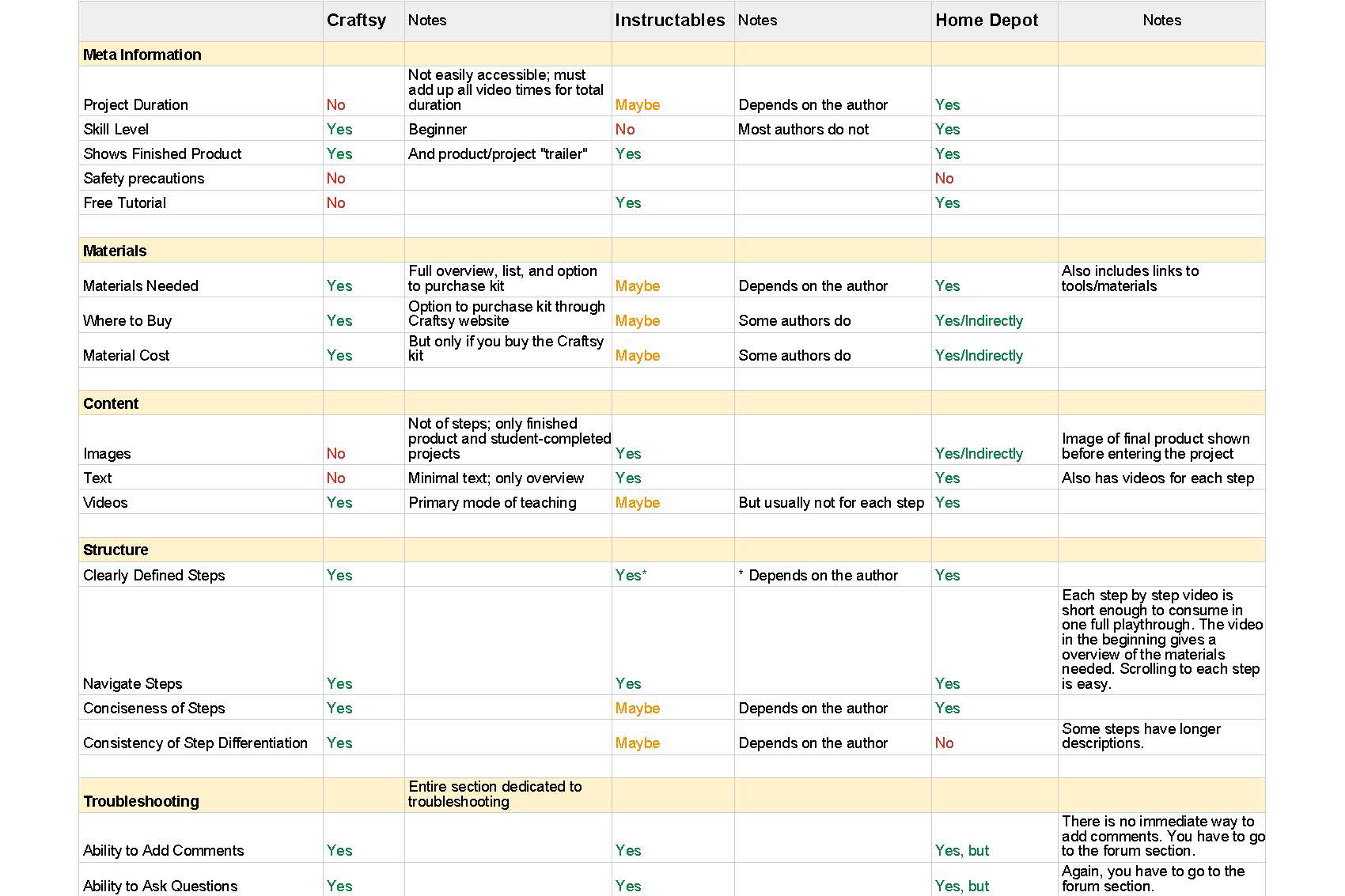
After speaking with various experts and conducting competitive analyses of several tools, we compiled them into a spreadsheet to easily compared these different experiences.
From research, we ideated and brainstormed different features and solutions to the insights we gathered in research. At this stage, there were still a lot of questions about teaching processes and human behavior. We used this opportunity to explore current and future technologies to help inform some design decisions.
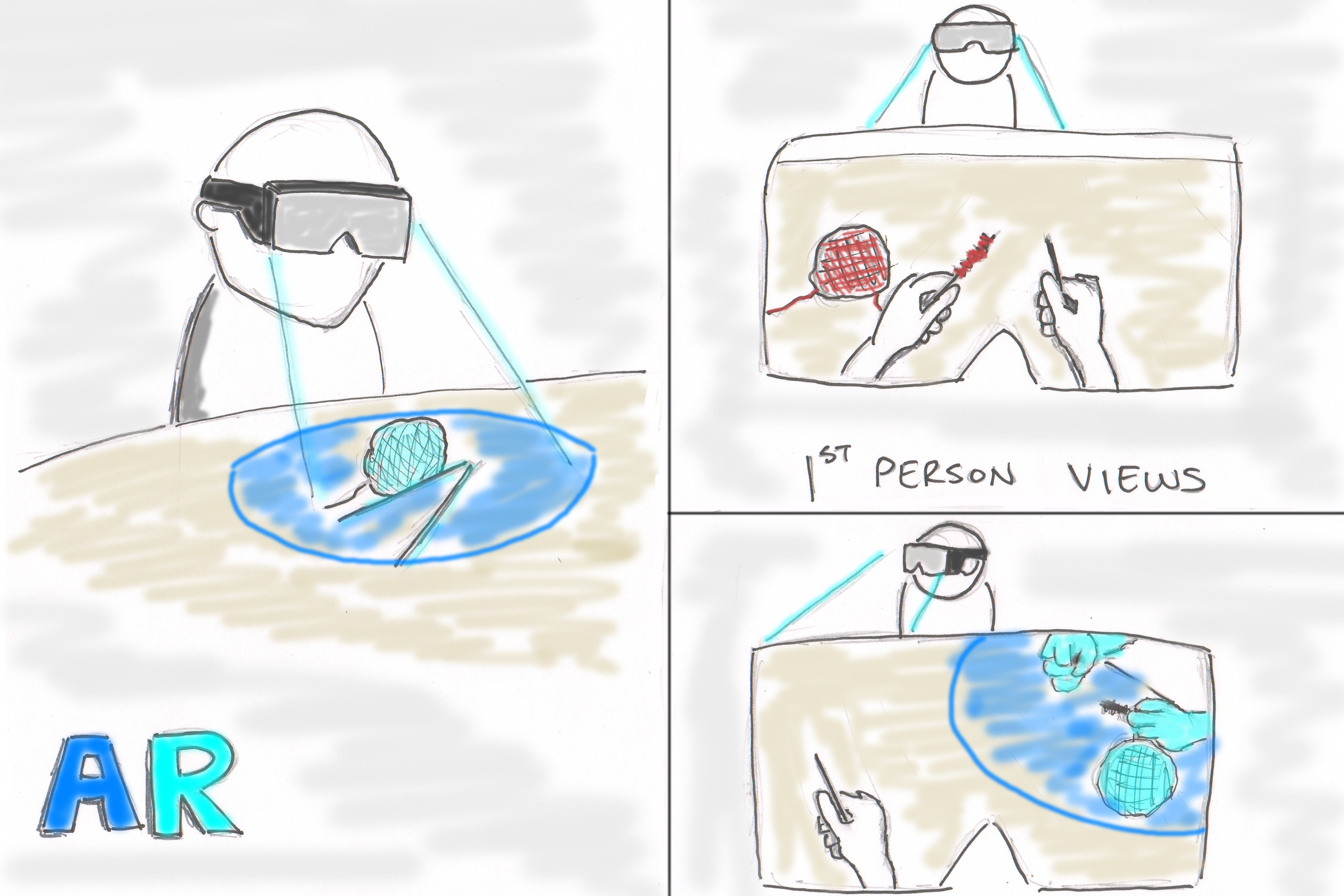

Spanning from video player prototypes to an online skillsharing platform, we found that the ideal solution to learning these skills is having the freedom to control your own view as well as having an expert to help troubleshoot mistakes. Additionally, the ability to control a tutorial via voice in lieu of tactile control was an early insight that provided a smoother learning experience.
To accommodate for different types of learners, we designed a track-switching algorithm that adapts to learners of different paces. Based on the user behavior of the playback controls, Loop can prompt the user to a more appropriately paced track. This was developed as an answer to how real-time person-to-person interactions occur, where an expert can adjust their instruction based on how the learner's interpretations and progress.
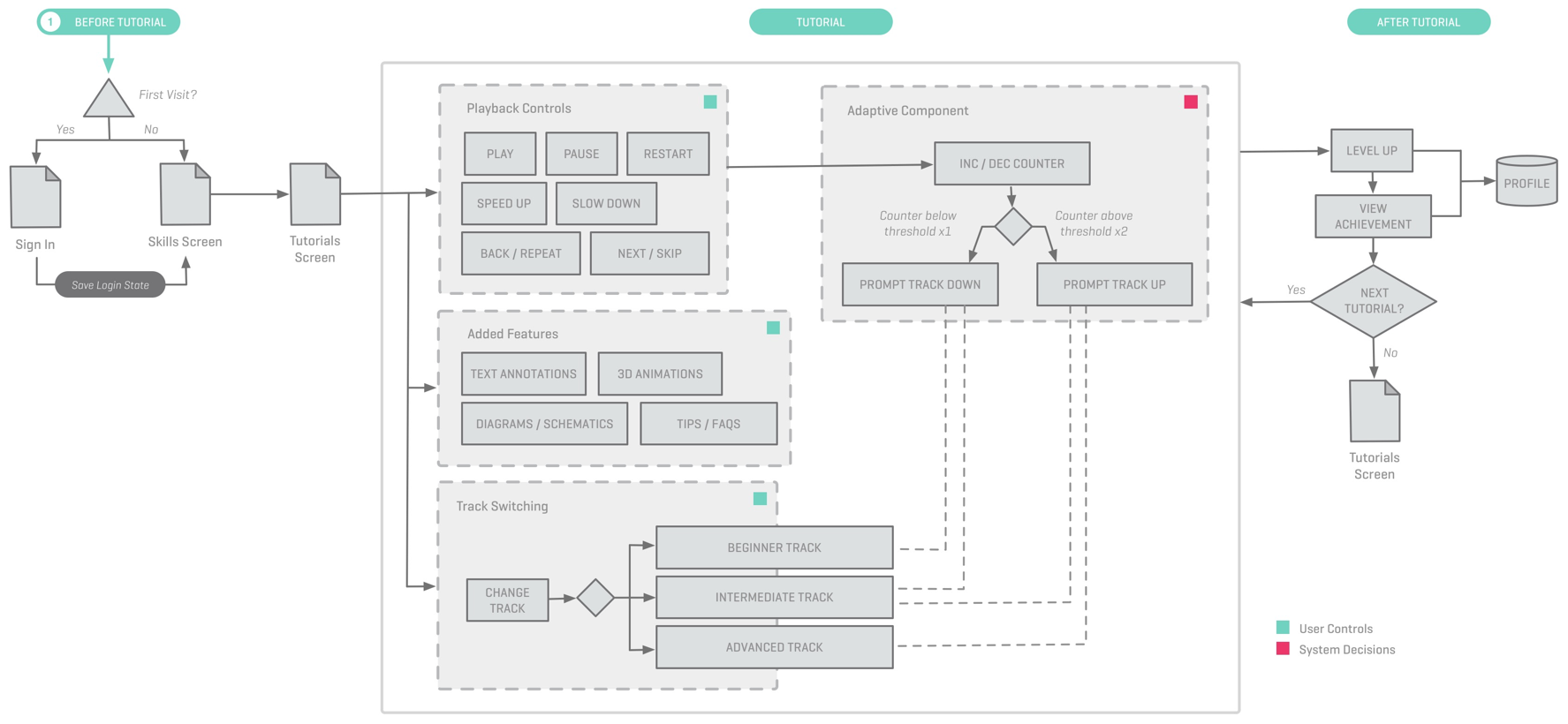

Our solution to the aforementioned problems was to utilize a mixed-reality platform as it provides a three-dimensional view of the craft. We also utilized voice control to allow users a total freedom and flexibility of control. The beauty of the system is that it is not constrained to any stationary device, only to the headset worn by the user.
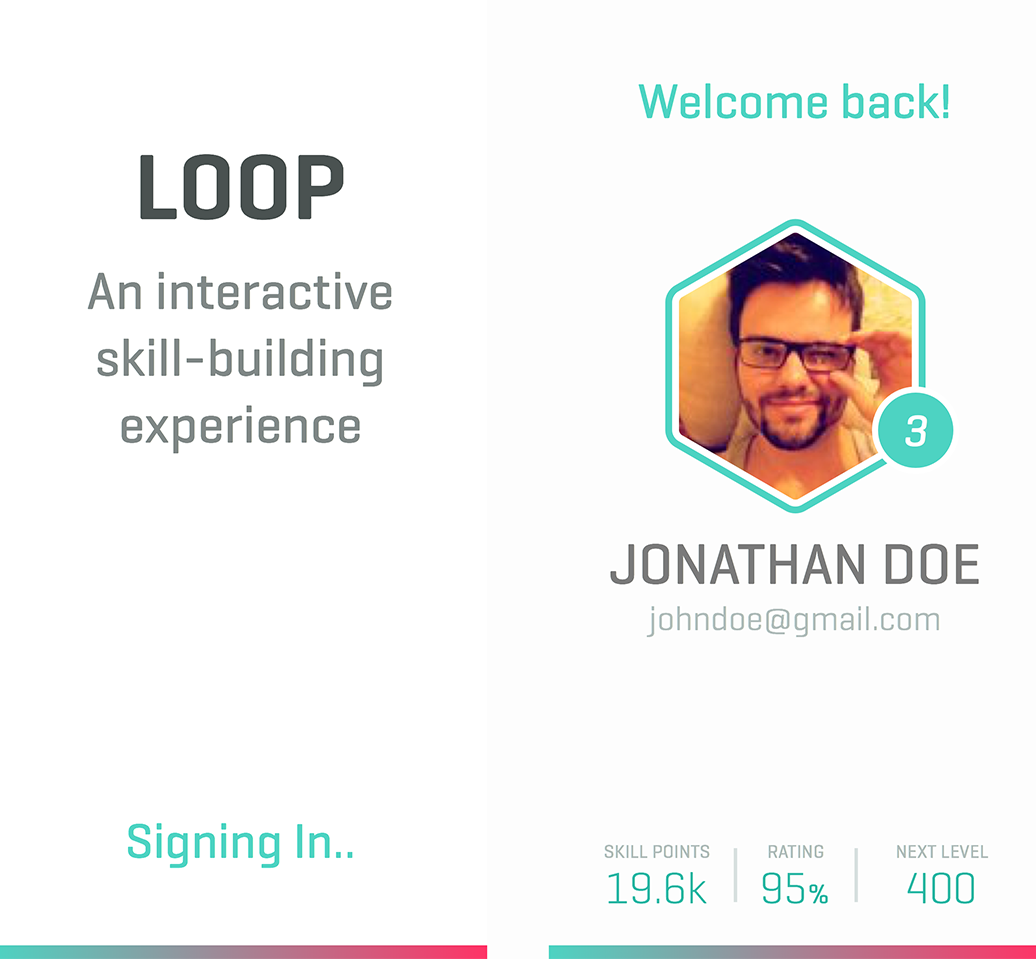

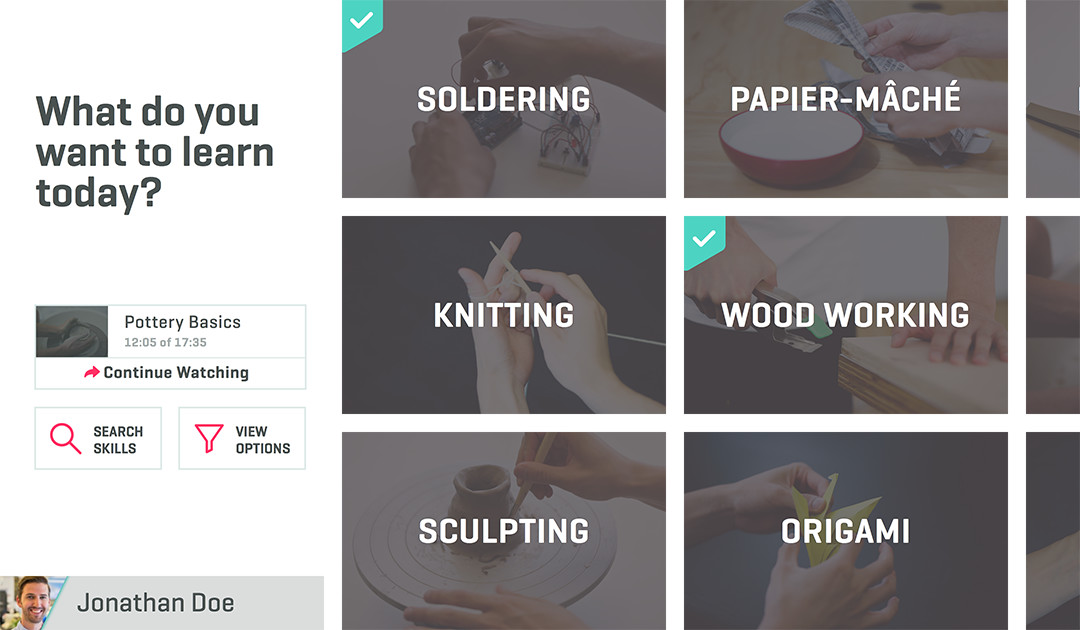
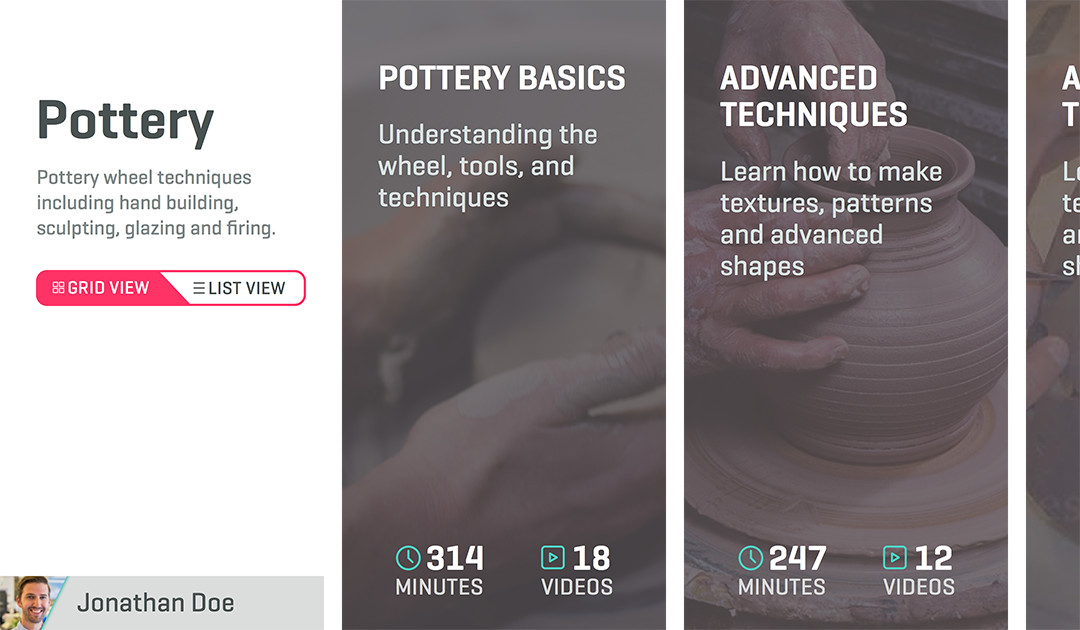
Outcome
We feel that our solution addresses many of the problems of learning hand skills with current tools. Not only that, this solution also helps to more accurately preserve the practice and performance of these artisanal skills. Additionally, we see this tool being effective in not just the craft space, but also in other spaces that require the development of hand dexterity and muscle memory.
Being the culminating project of the MHCI+D, this piece gave us the opportunity to employ all aspects of the user-centered design process. It also was a great chance to explore how emerging technologies can be applied to a long-standing problem.